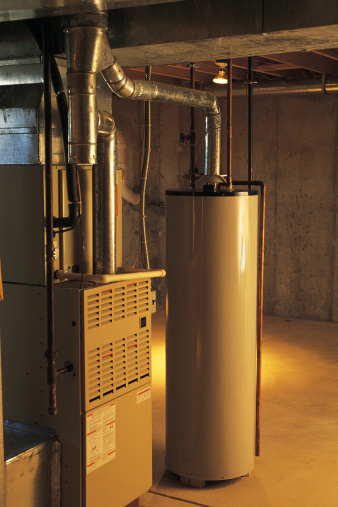Most households use either heat pumps or furnaces to warm up their homes, both of which are reliable and effective. However, the two systems are quite different. Careful consideration of the various unique characteristics would be vital while making purchasing decisions.
Sizing and Choosing
The choice of heat pump or furnace depends on several factors which impact both systems’ functioning. The equipment needs to reliably and consistently produce the required heating. A HVAC specialist needs to be consulted in order to select the proper size and equipment containing the essential features.
First, the contractor will calculate the amount of heating required for a particular house. This involves evaluation of the home’s thermal and structural attributes. Having calculated the heating load, the specialist will recommend the right size and type of equipment.
Fuel and Power
The locally available fuel and power options also need to be considered. Furnaces use either fossil fuel or electricity, while heat pumps only use the latter. As such, furnaces would be practical for areas with no connection to an electrical grid.
Operation
Furnaces work by first detecting indoor temperature then, depending on the level relative to the thermostat setting, automatically turning the equipment on or off. Warm air is conveyed via the ductwork and vents located throughout the house. As the warm air begins to cool, a return mechanism brings it back for filtering, heating and redistribution. This process continues till the indoor temperature rises to the set upper thermostat level.
Heat pumps work by capturing and moving heat across locations using special refrigerants and a network of coils. There are coils both on the indoor and outdoor units. When the system is heating, the refrigerant in the outdoor coils vaporizes and absorbs heat. This is moved indoors where it condenses to release heat which is distributed by an air handling mechanism. When cooling, this entire process is reversed.
Efficiency
Though both systems offer high efficiency levels, heat pumps are usually better at this when compared to furnaces. Each system has its own performance evaluation technique. The efficiency of furnaces can be boosted using additional devices such as electronic ignitions, dual heat exchangers and variable-speed air handlers. For heat pumps, one could use two-stage thermostats and variable-speed compressors.
Environmental Impact
While furnaces can be used in most climates, heat pumps tend to lose their efficiency when outdoor temperatures go below freezing point. Supplementary heating coils can be used in such cases to remedy this. Experts recommend using standard heat pumps alongside backup furnaces in a dual-fuel mechanism which switches over to the gas burner when temperatures fall exceedingly low.
One could consult a HVAC professional when deciding between heat pumps and furnaces. They could also offer advice on installation and maintenance of the equipment. Follow us for more articles that will keep your heating and cooling systems running efficiently.

